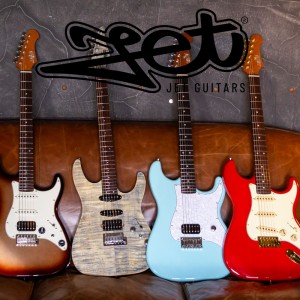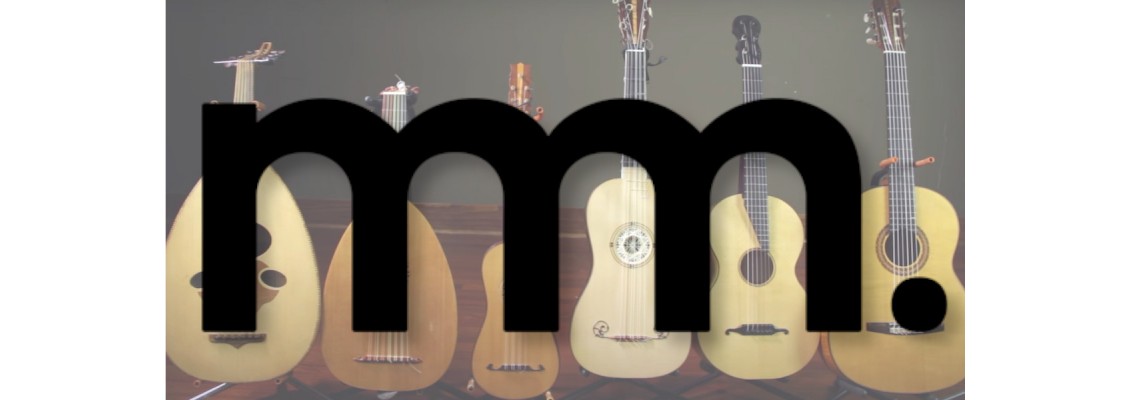
The History and Evolution of the Acoustic Guitar
The acoustic guitar holds a timeless appeal, captivating generations with its melodic resonance and versatile sound. Its rich history can be traced back centuries, intertwining with various musical traditions and cultural influences. From humble beginnings to its prominent place in contemporary music, the acoustic guitar has evolved and transformed, capturing the hearts of musicians and audiences alike. This article delves into the fascinating journey of the acoustic guitar, exploring its origins, significant developments, and potential future innovations.
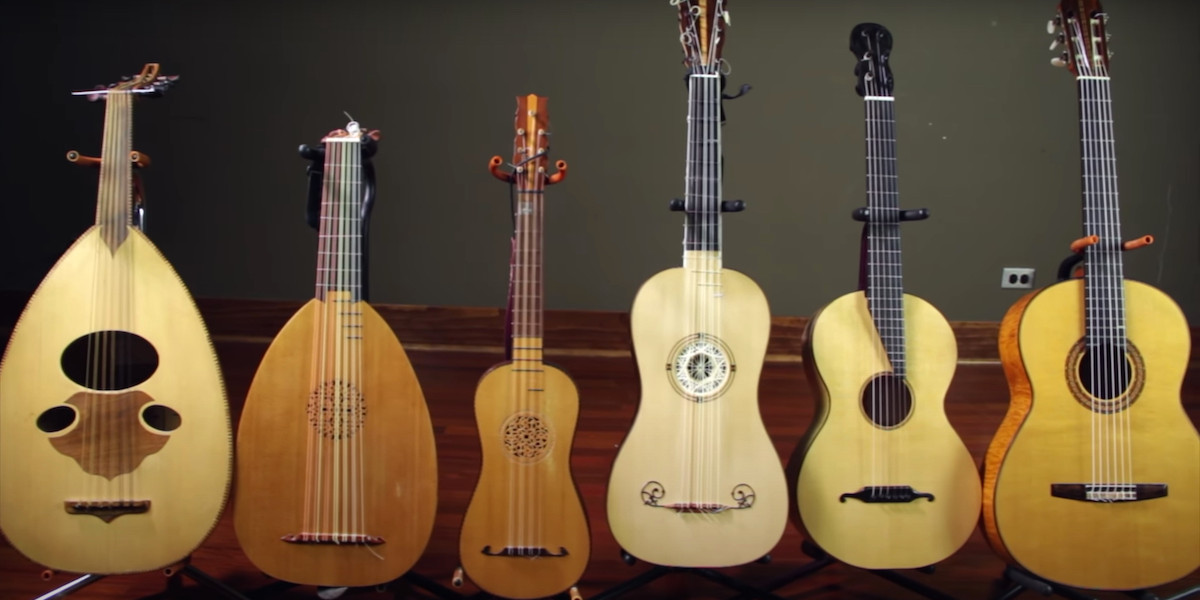
It's been a journey.
The Ancestry: Instruments that Paved the Way
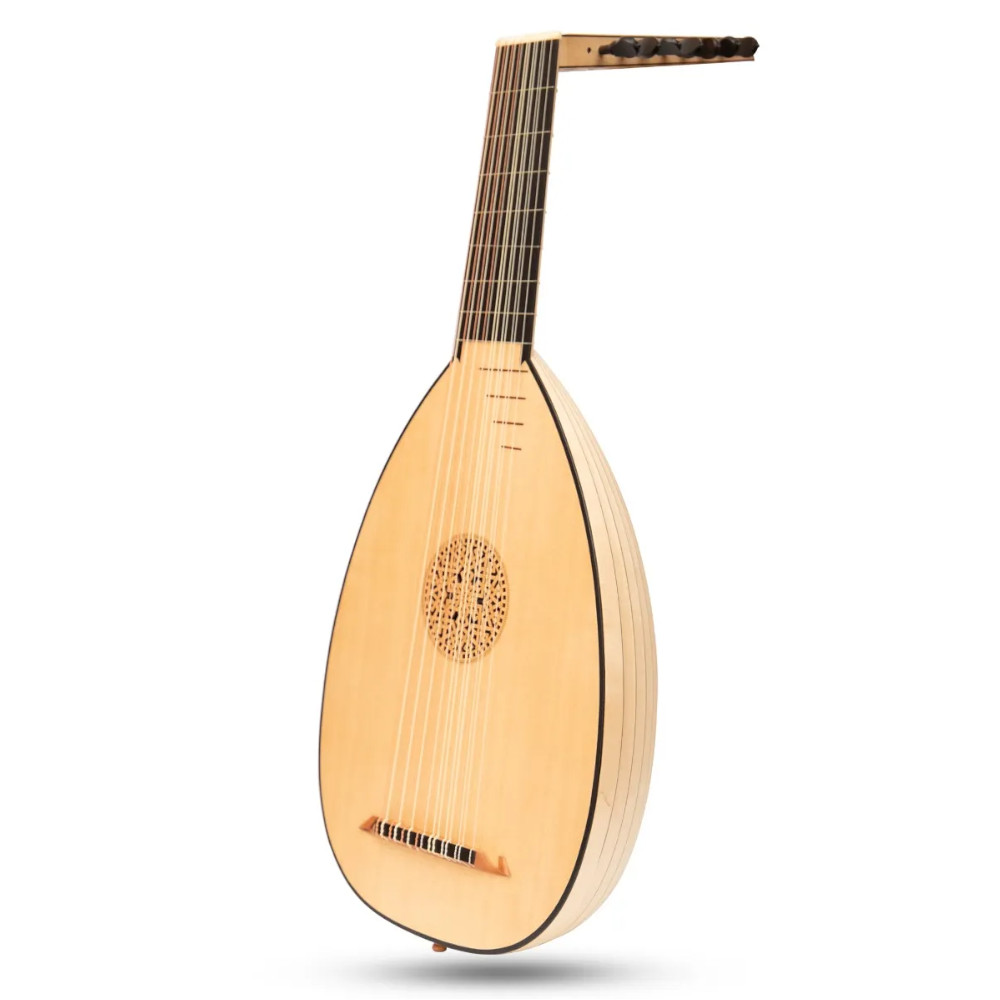
The acoustic guitar finds its roots in a diverse family of stringed instruments, each contributing to its evolution over time. One key predecessor of the acoustic guitar is the ancient lute, which emerged in various forms throughout history. The lute was widely popular during the medieval and Renaissance periods, featuring a rounded body, a fretted neck, and a soundhole. Its influence can be seen in the construction and design of the modern guitar, particularly in the use of frets and the resonant soundhole, which allows the instrument to project sound effectively.
Another instrument that played a significant role in the acoustic guitar's ancestry is the oud, an ancient stringed instrument originating from the Middle East. The oud's pear-shaped body, rounded back, and fretless neck bear resemblance to early guitar prototypes. Its rich history and distinct sound influenced the development of various plucked string instruments across different cultures.
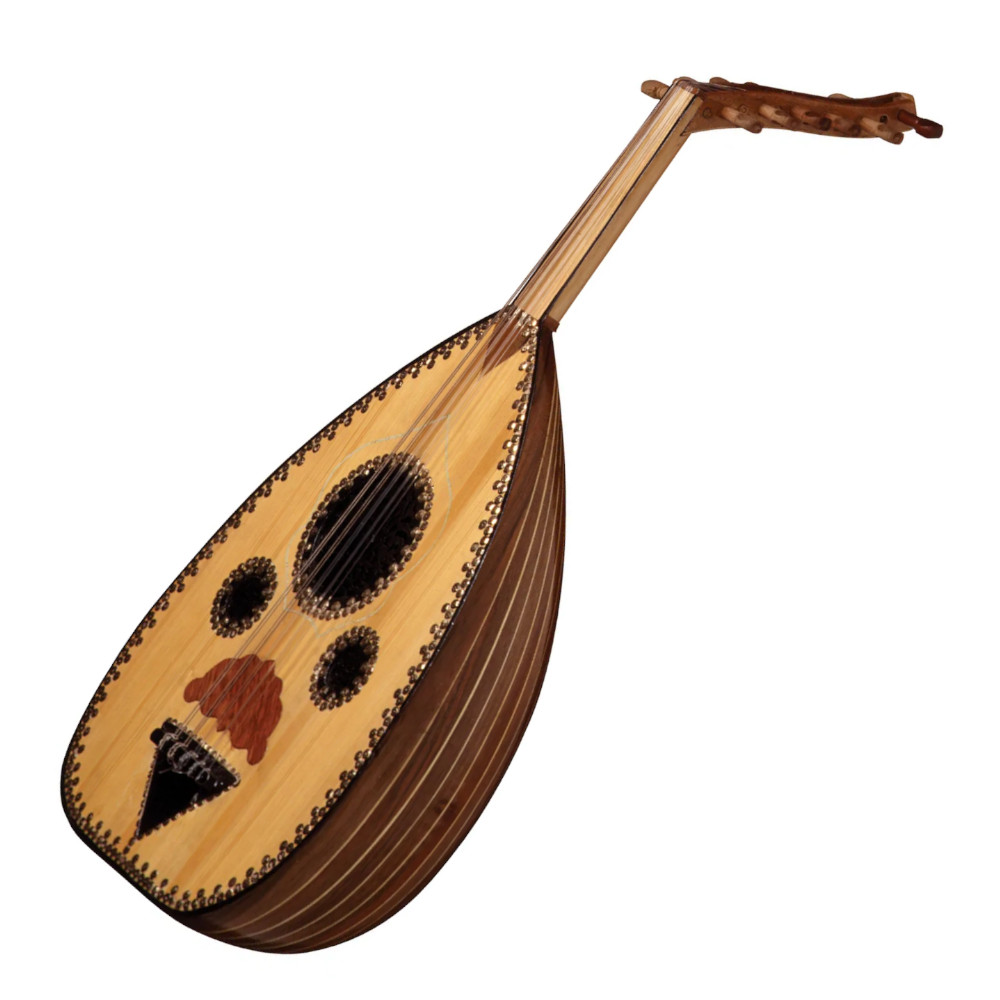
In addition to the lute and oud, the Spanish vihuela contributed to the guitar's evolution. The vihuela was a plucked string instrument popular in the 16th century, particularly in Spain. It had a rounded back, a flat front, and usually six double strings. The vihuela acted as a transitional instrument between the medieval lute and the modern guitar, incorporating features that would later become essential in guitar construction.
The convergence of these ancestral instruments, with their shared characteristics and diverse influences, laid the foundation for the development of the acoustic guitar. Over time, instrument makers and innovators would build upon these early designs, refining and perfecting the guitar's construction and tonal capabilities. It's important to note that while the acoustic guitar has roots in various stringed instruments, it gradually developed its own distinct identity as a versatile and widely appreciated instrument. The craftsmanship and ingenuity of luthiers throughout history, combined with the cultural exchange and musical traditions, led to the emergence of the modern acoustic guitar that we know and love today.
The evolution of the acoustic guitar from its ancestral instruments represents a rich tapestry of cultural exchange, musical innovation, and artistic expression. It is a testament to the enduring spirit of human creativity and the universal appeal of music.
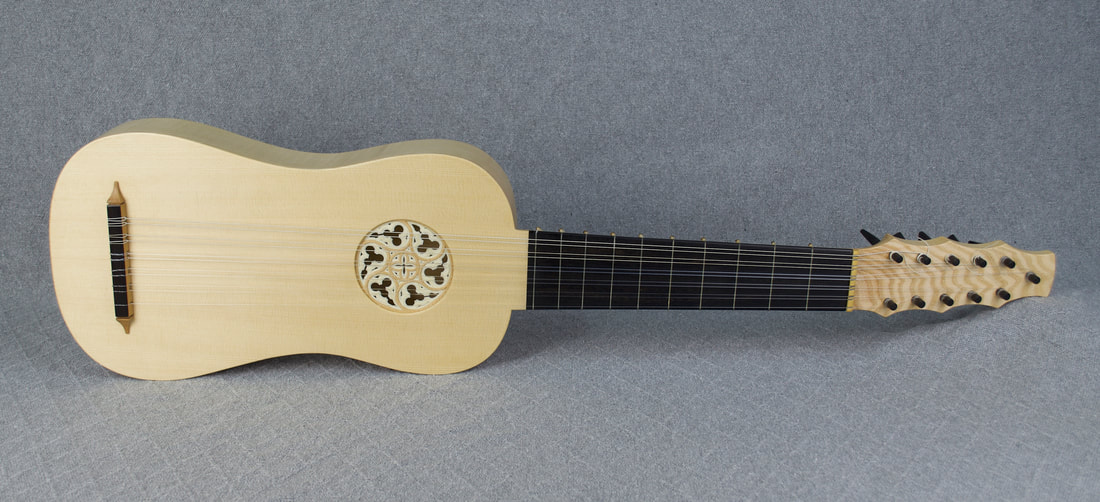
Top to bottom, the Lute, the Oud and the Vihuela.
Emergence of the Modern Acoustic Guitar
The modern acoustic guitar, as we know it today, began to take shape in the 19th century. This era marked significant advancements in the design, construction, and tonal capabilities of the instrument. Two influential luthiers, Antonio de Torres and Christian Frederick Martin, played pivotal roles in shaping the modern acoustic guitar.

Antonio de Torres, a Spanish luthier, is widely regarded as one of the most important figures in the development of the modern classical guitar. In the mid-19th century, Torres introduced groundbreaking structural innovations that greatly influenced the sound and playability of the instrument. He experimented with larger body sizes, including the now iconic "fan-braced" soundboard design. The use of fan bracing, which involved a series of struts placed in a fan-like pattern beneath the soundboard, improved the guitar's resonance, volume, and tonal balance. Torres also refined the guitar's proportions, neck design, and overall construction techniques, setting a new standard for craftsmanship and quality.
Christian Frederick Martin, a German immigrant to the United States, made significant contributions to the development of the acoustic guitar during the same period. Martin's innovations focused on enhancing the guitar's volume and projection. He introduced X-bracing, a bracing pattern that crossed two braces in an "X" shape beneath the soundboard. This X-bracing design allowed for greater structural stability and improved the guitar's ability to handle higher string tension, resulting in increased volume and tonal clarity. Martin's innovations were embraced by players of various genres, and his guitars became highly sought after for their exceptional craftsmanship and superior sound.

The emergence of the modern acoustic guitar brought about a transformation in its tonal characteristics, responsiveness, and overall playability. With advancements in design, construction techniques, and the introduction of steel strings, the acoustic guitar's sound became brighter, louder, and more versatile. This expansion in tonal capabilities paved the way for the guitar's integration into a wide range of musical genres, from folk and blues to classical and beyond. The contributions of Torres and Martin, along with the countless luthiers who followed in their footsteps, established a strong foundation for the acoustic guitar's continued development. Their innovations set new standards for craftsmanship, tonal excellence, and playability that still resonate in the guitars produced today.
The emergence of the modern acoustic guitar represents a significant milestone in its evolutionary journey. The instrument's improved projection, enhanced tonal range, and refined construction techniques opened up new possibilities for musicians, allowing for greater expression and musical exploration. The advancements made during this era laid the groundwork for the acoustic guitar's widespread popularity and its continued evolution into the instrument we cherish today.
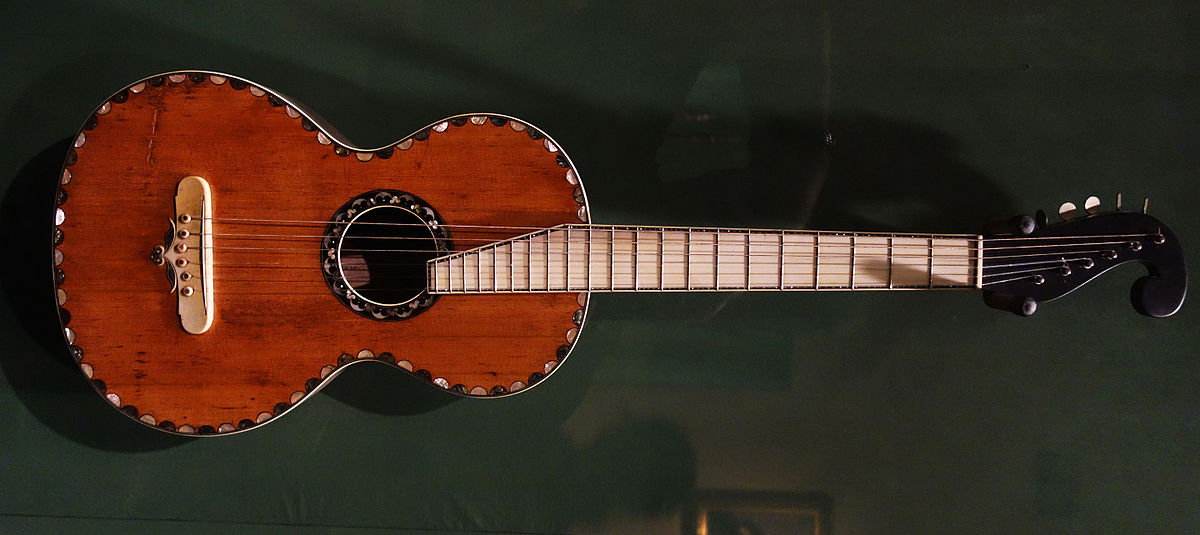
Antonio de Torres, top, Christian Frederick Martin, middle and the Stauffer Martin c.1838, just above
Rise of the Steel-String Guitar and Popularisation
In the early 20th century, the introduction of steel strings revolutionised the acoustic guitar's sound and opened up a new world of possibilities. The steel-string guitar, with its brighter tone, increased volume, and enhanced projection, became a favoured choice among musicians seeking a more dynamic and versatile instrument.
The popularity of the steel-string guitar can be attributed to several factors. One significant influence was the rise of folk music and the folk revival movement, particularly in the United States during the mid-20th century. Artists such as Woody Guthrie, Pete Seeger, and Joan Baez embraced the steel-string guitar as their instrument of choice, using it to accompany their powerful and socially conscious songs. The guitar's ability to cut through the noise of a crowd and deliver a clear, resonant sound made it ideal for performing in live settings, from intimate coffeehouses to large concert halls. The blues also played a vital role in the rise of the steel-string guitar. Blues musicians, both in the African American communities of the southern United States and the urban centres of the North, gravitated toward the steel-string guitar for its ability to convey the emotional depth and intensity of the blues. Legendary players such as Robert Johnson, Blind Lemon Jefferson, and Mississippi John Hurt showcased the guitar's versatility and expressive capabilities, popularising its use in blues music.
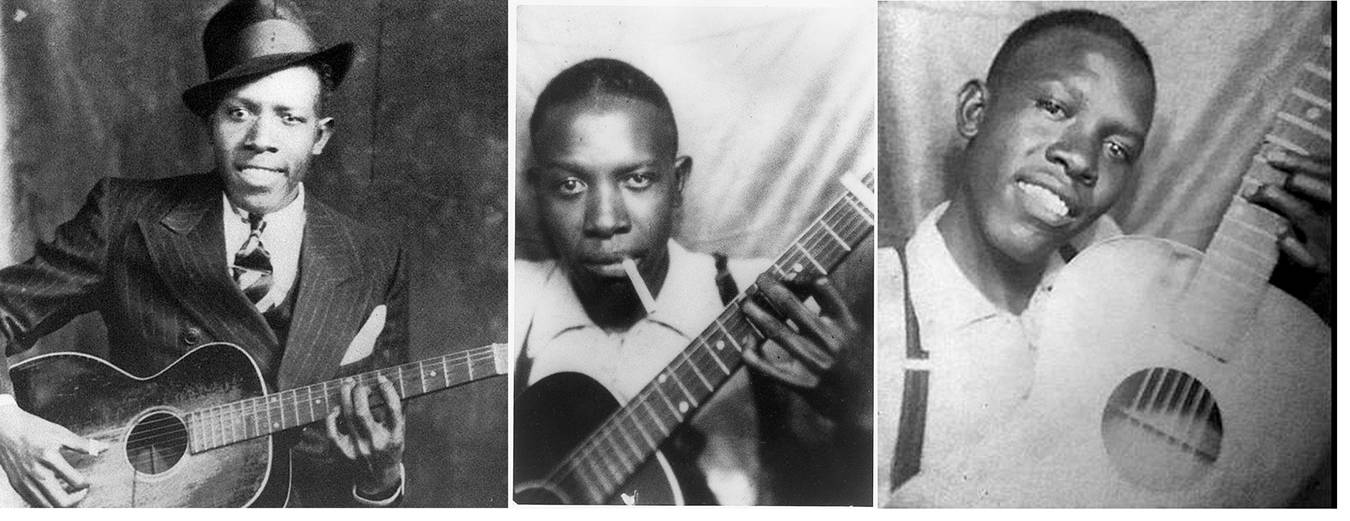
Robert Johnson, bringing the blues with some style and swagger
Furthermore, the steel-string guitar's association with country music solidified its place in American popular culture. Country musicians, from pioneers like Jimmie Rodgers and the Carter Family to modern-day stars like Willie Nelson and Dolly Parton, relied on the steel-string guitar to accompany their heartfelt lyrics and lively melodies. The twangy, resonant tones of the steel strings became synonymous with the sound of country music, contributing to the instrument's enduring popularity within the genre.
The influence of folk, blues, and country music helped popularise the steel-string guitar not only in the United States but also around the world. As recordings became more accessible and radio broadcasts reached wider audiences, the sound of the steel-string guitar resonated with listeners of all backgrounds. Its versatility made it suitable for a variety of musical styles, from pop and rock to jazz and beyond. The rise of the steel-string guitar marked a significant turning point in the instrument's history, expanding its sonic possibilities and broadening its appeal to a diverse range of musicians and audiences. Its distinctive tone, volume, and projection made it an instrument of choice for those seeking a dynamic, expressive, and versatile acoustic sound. The popularity of the steel-string guitar in folk, blues, country, and popular music solidified its place as an iconic instrument, cherished by musicians worldwide.
The steel-string guitar's enduring popularity continues to this day, with countless artists and enthusiasts embracing its vibrant sound and expressive capabilities. Whether strummed around a campfire, played in a concert hall, or recorded in a professional studio, the steel-string guitar stands as a testament to its lasting impact on the world of music.
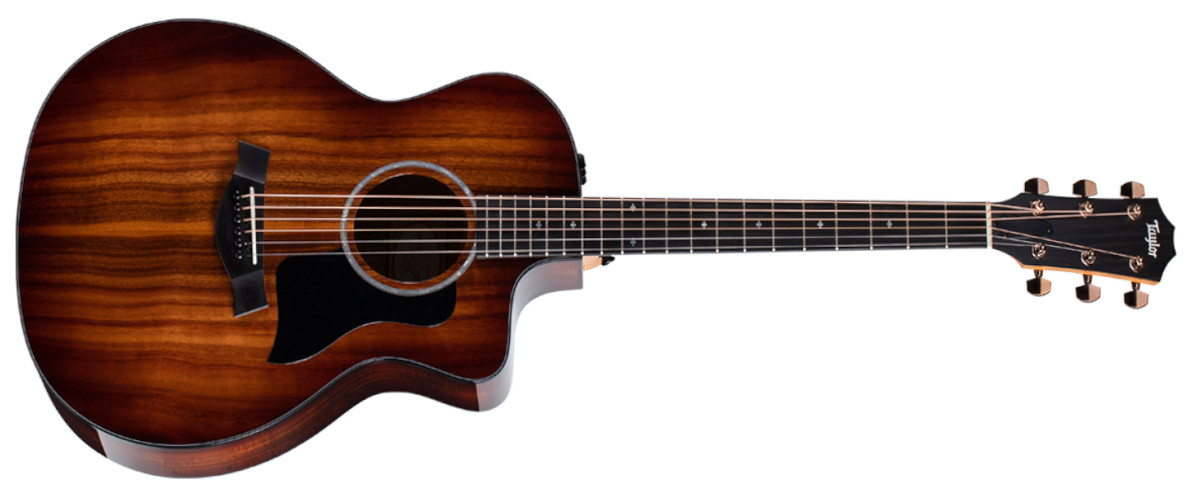
Things are starting to get amazing. The Taylor 224ce-K DLX Grand Auditorium Semi Acoustic Guitar
Potential Future Innovations
While the acoustic guitar has a rich history and has undergone significant advancements, there are always possibilities for future innovations that could further shape its evolution. Here are some potential areas of exploration and innovation:
- Sustainable Materials: As environmental concerns grow, there is an increasing interest in developing acoustic guitars made from sustainable materials. Luthiers and manufacturers are experimenting with alternative woods, such as reclaimed or responsibly sourced tonewoods, or even non-wood materials like bamboo or composites. These innovations aim to reduce the impact on the environment while maintaining the acoustic qualities and playability of the instrument.
- Hybrid Designs: The blending of acoustic and electric elements has already gained popularity with instruments like acoustic-electric guitars. In the future, we may see further integration of technology, such as advanced onboard electronics, hybrid pickups, or built-in effects, allowing guitarists to explore new sonic territories and expand their creative possibilities.
- Ergonomics and Comfort: Innovations in guitar design could focus on improving the ergonomic aspects and comfort of playing. This may involve refining body shapes, neck profiles, and overall weight distribution to enhance the player's experience, reduce fatigue during long performances, and encourage greater accessibility for all musicians.
- Acoustic Amplification: Advances in acoustic amplification technology may lead to more sophisticated and natural-sounding amplification systems. This could involve the development of advanced microphones, pickups, and signal processing techniques that faithfully capture and reproduce the acoustic nuances of the guitar's sound, offering a more immersive and authentic amplified experience.
- Integrated Connectivity: With the increasing integration of digital technology in the music industry, future acoustic guitars may come equipped with built-in wireless connectivity, allowing seamless interaction with recording software, effects processors, or mobile devices. This could open up new possibilities for live performance, recording, and collaborative music-making.
- Augmented Reality (AR) and Virtual Reality (VR): As AR and VR technologies continue to advance, we may see their integration with acoustic guitars. Imagine wearing AR glasses that provide visual overlays of chord charts, music notation, or instructional videos while you play. Or using VR to immerse yourself in virtual environments that simulate different acoustics or concert settings, enhancing the creative experience and offering new avenues for exploration.
- Customisation and Personalisation: With the rise of digital fabrication techniques like 3D printing and CNC machining, there is potential for greater customisation and personalisation of acoustic guitars. Musicians may have the ability to design and create their own unique instruments tailored to their specific preferences, from body shapes and woods to inlay designs and finishing touches.

The future is now.....
While these potential future innovations offer exciting possibilities, it's important to remember that the acoustic guitar's enduring appeal lies in its rich tradition, craftsmanship, and the intimate connection between player and instrument. As advancements continue, it's likely that any innovations will be driven by a balance of tradition and new technologies, with a focus on enhancing the guitar's tonal quality, playability, and the joy of making music.
The future of the acoustic guitar is a fascinating frontier, where creativity and technological advancements intersect. As musicians, luthiers, and enthusiasts continue to push boundaries, the acoustic guitar will undoubtedly evolve, adapt, and inspire future generations of musicians to explore new horizons of musical expression.
At Musicmaker, we've been providing guitars and advice for 40 years so we've seen a lot of change. If you have any questions or just really want to try out some lovely guitars, get in touch with our friendly and knowledgable staff. We're here to help.




